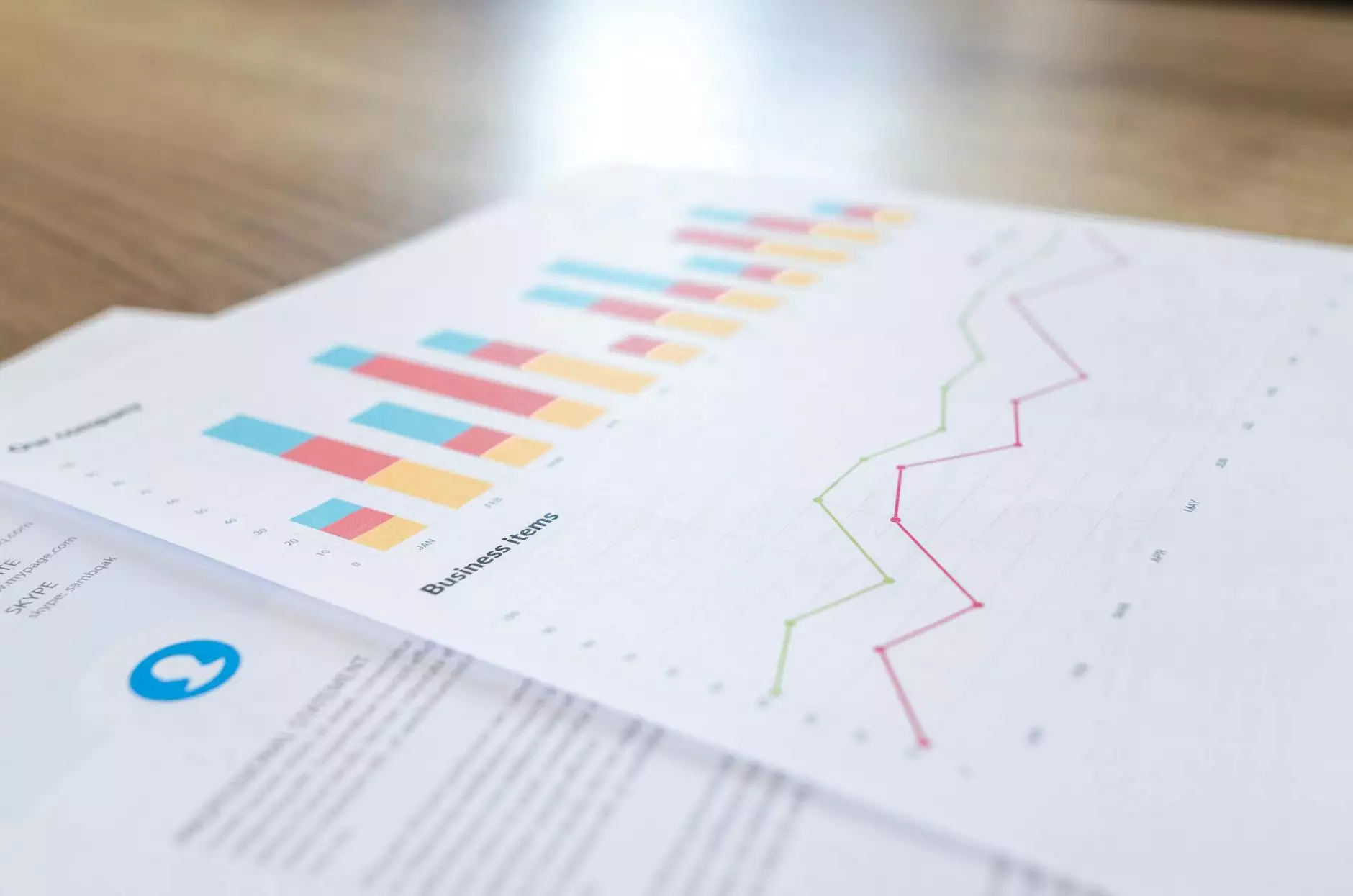Understanding Ankle Swelling Without Pain: Causes and Solutions

Experiencing ankle swelling with no pain can be a perplexing condition. While swelling might indicate that something is wrong, the absence of pain often leads people to dismiss their symptoms. However, it's essential to understand that even painless swelling can indicate underlying health issues or conditions that require attention. In this comprehensive article, we will delve into the various aspects of painless ankle swelling and provide insights into possible causes, medical evaluations, and management strategies.
What is Ankle Swelling?
Ankle swelling, also known as edema, occurs when excess fluid accumulates in the tissues surrounding the ankle joint. This can lead to visible distention and a feeling of tightness, even if there is no accompanying pain. Understanding the nature of this swelling is crucial for recognizing its implications on overall health.
Common Causes of Ankle Swelling Without Pain
While there can be numerous reasons behind ankle swelling, some common causes that do not involve pain include:
- Chronic Venous Insufficiency: A condition where the valves in the veins do not function properly, leading to fluid accumulation.
- Heart Failure: When the heart is unable to pump effectively, fluid can build up in the extremities.
- Kidney Issues: Problems with kidney function can affect fluid regulation, leading to swelling.
- Liver Disease: Liver complications can disrupt fluid balance in the body.
- Medication Side Effects: Certain medications, especially those for hypertension and diabetes, may cause swelling.
- Inactivity: Prolonged periods of sitting or standing can cause fluid to pool in the ankles.
- Dietary Factors: High salt intake can lead to fluid retention in the body.
The Mechanism of Painless Ankle Swelling
Understanding why your ankle might swell without pain involves some knowledge of the body's fluid balance. The body is designed to maintain homeostasis, and any disruption can lead to swelling. The fluid balance is primarily regulated by various systems, including:
- Cardiovascular System: Heart function significantly impacts how blood circulates and how fluids are managed.
- Lymphatic System: This system helps drain excess fluids from tissues. Impairment here can lead to swelling.
- Renal System: The kidneys play a crucial role in maintaining the body’s fluid levels.
When to Seek Medical Attention?
Even though your ankle may be swollen without pain, it’s vital to monitor changes and seek medical advice if:
- The swelling persists for more than a few days.
- There are changes in skin color or temperature.
- You experience other symptoms like fatigue or breathing difficulty.
- The swelling is significantly larger compared to the other ankle.
Diagnostic Approaches for Painless Ankle Swelling
When you consult a healthcare provider regarding ankle swelling without pain, they may recommend several diagnostic tests to determine the underlying cause. These may include:
- Physical Examination: A thorough check to assess the swelling and rule out any acute injuries.
- Blood Tests: To evaluate kidney and liver function, blood counts, and other relevant parameters.
- Urinalysis: To check for protein loss, infection, or other abnormalities.
- Ultrasound: Imaging tests can reveal problems with the veins, such as thrombus formation.
- X-rays or MRIs: These imaging tests may be advised to rule out structural issues.
Management of Ankle Swelling Without Pain
Management strategies for ankle swelling largely depend on the underlying cause. Here are some general recommendations:
1. Lifestyle Modifications
Incorporating regular exercise, such as walking or swimming, can improve circulation. Additionally, elevating the legs can help decrease fluid accumulation in the ankles.
2. Dietary Changes
Reducing salt intake can significantly aid in controlling fluid retention. Incorporating foods rich in potassium, such as bananas and spinach, can also help balance fluid levels.
3. Medication Adjustments
Consulting with your healthcare provider about your medications is crucial—some drugs can lead to swelling as a side effect. Adjustments may alleviate symptoms.
4. Compression Therapy
Compression stockings may be recommended for managing chronic conditions such as venous insufficiency. These can help promote better venous return and reduce swelling.
5. Regular Monitoring
Keep a journal of your symptoms, noting any fluctuations in swelling or associated symptoms. This habit can provide valuable information for your healthcare provider.
Connecting with Vascular Specialists
If you find that your swelling persists or worsens, it may be time to consult vascular specialists at trufflesveinspecialists.com. These experts can provide specialized evaluations and treatments tailored to your specific condition, ensuring you receive the highest quality care.
The Importance of Early Intervention
Addressing ankle swelling without pain early on can prevent potential complications. While the absence of pain might give a false sense of security, remaining vigilant about your symptoms is essential for preserving your health.
In conclusion, understanding the various facets of ankle swelling without pain is crucial for proactive health management. By recognizing the potential causes, monitoring symptoms, and knowing when to seek medical help, you can take control of your vascular health.
Final Thoughts
Swelling in the ankles, even if it’s painless, shouldn’t be ignored. Take the time to consult with professionals and address any underlying causes, ensuring your overall health remains a priority. Stay informed, and remember that your health is in your hands.
ankle swollen no pain







